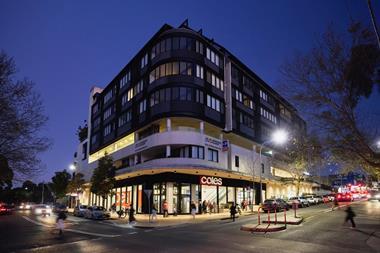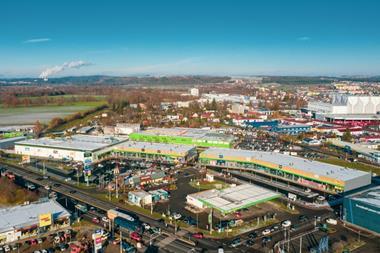GLOBAL - The US commercial real estate market is likely to remain sluggish in 2012 as supply outpaces demand due to economic uncertainty, according to a latest PricewaterhouseCoopers (PwC) and Urban Land Institute (ULI) survey.
According to the latest 'Emerging Trends in Real Estate' report, US commercial property is set for a "slowing, grind-it-out recovery" following a period of "mostly sporadic" growth, confined largely to a few markets that offer the primary 24-hour transportation hubs.
Mitch Roschelle, advisory practice leader for US real estate, said the economy's inability to create jobs was the single biggest factor behind the pessimism over the commercial real estate market in 2012.
He said respondents to the survey "struggled to identify new employment engines" and that businesses were "squeezing profitability out of productivity gains", while families "forced into belt-tightening" were using less square footage.
"In 2012," he added, "pricing is expected to peak out in the top markets, and there will be more sellers than buyers."
PwC's report said, in this 'new normal' environment, a flight to quality would help "well-leased, core real estate in leading markets" to produce "single-digit, income-orientated returns".
It predicted some investors might lower their forecasts, as "even projections of returns in the mid-teens appear to be a stretch" given sluggish demand.
Stephen Blank, senior resident fellow for real estate finance at ULI, pointed out that even the top-tier markets were not immune to the downturn as investors shied from bidding on trophy properties in top-tier markets.
"The return landscape for 2012 presents a mixed bag, and all depends on where and when investors bought, the amount of leverage employed and asset quality," he said.
Overall, the top five markets for investors are Washington DC, Austin, San Francisco, New York and Boston.
PwC recommended that investors focus on the few markets showing hiring and leasing gains.
It also advised keeping an eye on global centres or 'blue-chip gateways', as well as on areas where job creation was strong due to the existence of healthcare or high-tech clusters, 'value-add plays' and markets with hitherto neglected B properties.
The top markets to watch were Seattle, San Jose, Houston, Los Angeles and San Diego.
According to the survey, development prospects continue to advance across all major property sectors, led by apartments.












